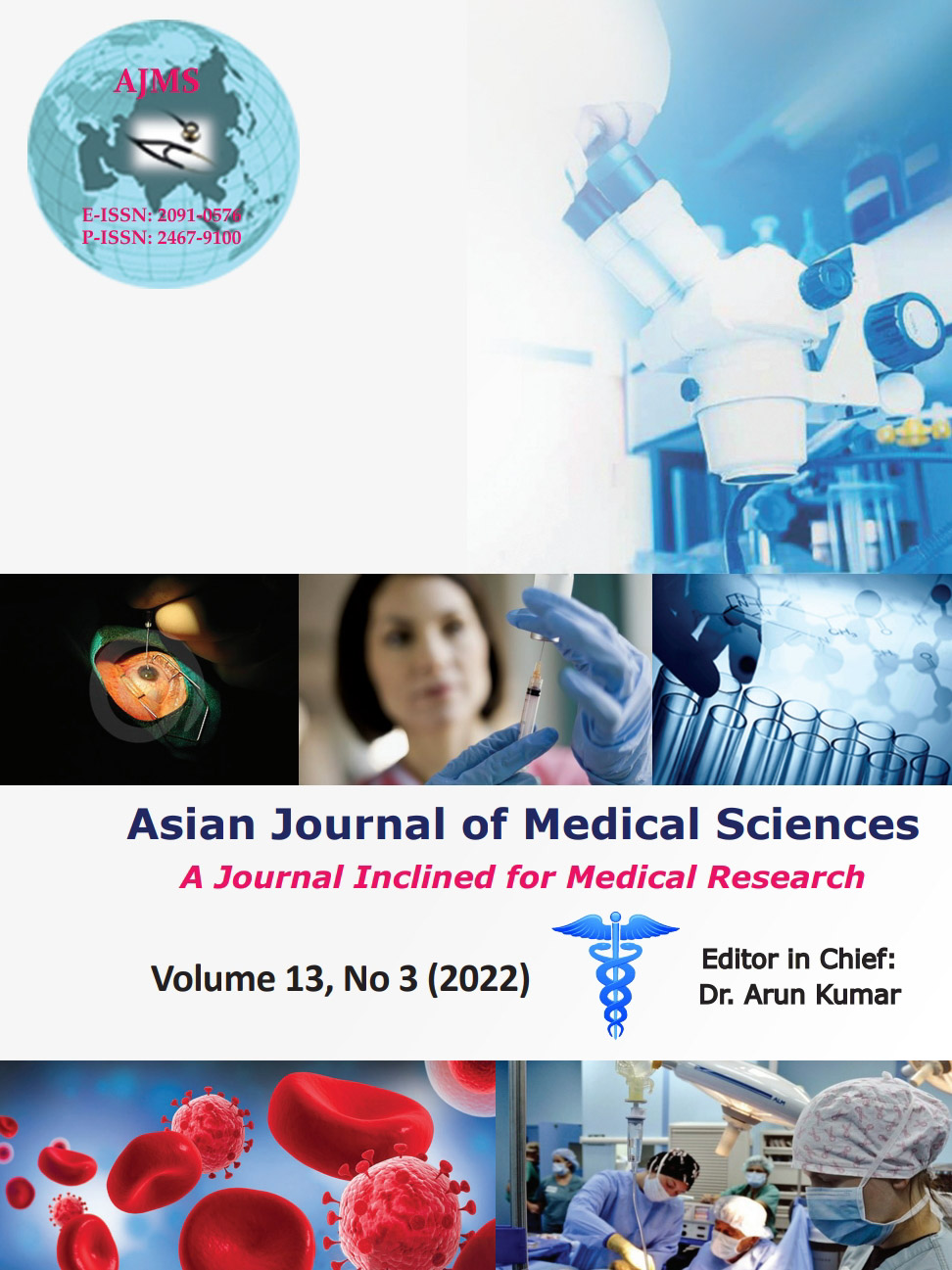A prospective randomized study of eTEP and TEP repair for inguinal hernia in terms of ease of operability, complication and recurrences
Keywords:
Extended totally extraperitoneal repair, Inguinal hernia, Laparoscopic Inguinal hernia repair, Totally extraperitoneal repairAbstract
Background: Inguinal hernia is one of the diseases that has haunted humanity from its very beginning to the modern times. Groin hernias are the most common conditions referred to surgeons all over the world and over five lakh hernia repairs are performed annually. The lifetime risk for men is 27.0% and for women is 3.0%. Approximately 75.0% of all abdominal wall hernias occur in the groin. Inguinal hernias are more common on the right than on the left and are seven times more likely in males than in females.
Aims and Objectives: Aim and objective of the study is to compare extended total extra peritoneal (e-TEP) and total extra peritoneal (TEP) repair in terms of complications and recurrence. To evaluate ease of operability of e-TEP and TEP for inguinal hernia repair.
Materials and Methods: Patients with inguinal hernia who were hospitalized to the Department of General Surgery at GSVM Medical College, Kanpur, and who were over the age of 18 years of both sexes were studied from December 2019 to October 2021 after signing a consent form. The research procedure followed was in accordance with the approved ethical standards of GSVM Medical College, Kanpur, UP, India Ethics Committee (Human). Data were analyzed and evaluated using Statistical Package for Social Sciences, version 23 (SPSS Inc., Chicago, IL). Results for continuous variables are shown as mean ± standard deviation, whereas results for categorical variables are shown as number (percentage). For comparison of nominal data, Chi-square (χ2) test was used. The level P<0.05 was considered as the cut-off value of significance.
Results: Majority of the patients of Group TEP (25 patients) had complications as Conversion to trans abdominal pre-peritoneal (TAPP) 4 (16.0%) and proceed surgery without veress needle decompression 2 (8.0%). In Group eTEP (25 patients) majority of patients had complications as proceed surgery without veress needle decompression 8 (32%) followed by Seroma 2 (8.0%). No recurrences seen in either groups. Mean operative time of eTEP was less as compared to TEP.
Conclusion: With TEP, complications such as SSI, hematoma, and conversion to TAPP are more common; however with eTEP, proceed surgery without veress needle decompression and seroma. Considering the average operative time of eTEP and TEP, as well as the bigger defect size that eTEP can readily handle. For new surgeons, eTEP is a more straightforward procedure. Moreover, our study findings showed that e-TEP mesh repair of inguinal hernia showed more firm and efficacious results than TEP repair. We suggest that long-term randomized control trials with enhanced sample size and reduced confounding factors are still required to establish the absolute superiority of e-TEP over TEP.
Downloads
Downloads
Published
How to Cite
Issue
Section
License
Copyright (c) 2022 Asian Journal of Medical Sciences

This work is licensed under a Creative Commons Attribution-NonCommercial 4.0 International License.
Authors who publish with this journal agree to the following terms:
- The journal holds copyright and publishes the work under a Creative Commons CC-BY-NC license that permits use, distribution and reprduction in any medium, provided the original work is properly cited and is not used for commercial purposes. The journal should be recognised as the original publisher of this work.
- Authors are able to enter into separate, additional contractual arrangements for the non-exclusive distribution of the journal's published version of the work (e.g., post it to an institutional repository or publish it in a book), with an acknowledgement of its initial publication in this journal.
- Authors are permitted and encouraged to post their work online (e.g., in institutional repositories or on their website) prior to and during the submission process, as it can lead to productive exchanges, as well as earlier and greater citation of published work (See The Effect of Open Access).




